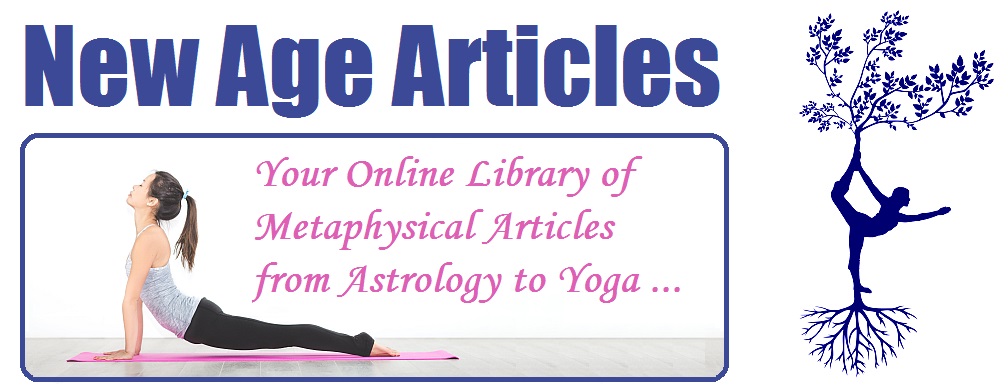Fibromyalgia And Reiki: An Alternative Approach by Jane Thompson

Scientific studies have been established directly linking fibromyalgia as a source of arthritis or rheumatism with symptoms associated with prolonged and radiating pain centered in the soft tissues like tendons, joints and muscles, complicated further by the fact that it also causes, among others, insomnia, headaches, numbness in the hands – worse, anxiety and depression. There are a number of treatment options and one gaining in popularity is fibromyalgia and reiki.
Fibromyalgia is a common chronic disease affecting millions of people worldwide – with women mostly targeted by this illness. In the United States alone, studies indicate that fibromyalgia affects 3 to 6 million Americans, afflicting women – on average – 8 times more than men.
As pain is mainly associated with fibromyalgia, an age-long natural method for treating pain-related illness known as Reiki is rapidly gaining a popular following among many fibromyalgia patients due to its therapeutic and natural healing benefits.
So, just what are the healing benefits of Reiki and how can they help someone with fibromyalgia?
Reiki primarily endorses healing through natural ‘touch’ therapy and self-healing. This healing benefit also contributes to relieving stress and invokes a positive disposition in fibromyalgia patients, thereby relieving anxiety and depression.
Reiki is a traditional Asian form of therapeutic treatment coined from two Japanese terms, ‘rei’ meaning ‘a higher degree of power and universal force’ and ‘ki’ for ‘life force’, through which healing is induced by ‘light touch’ patterns. Literally by the placement of the Reiki master’s hands near or above the patient’s body during the process.
Reiki uses ‘touch’ therapy by using specific hand positions and patterns that corrects and improves energetic imbalances in the human body to restore energy levels, improve health conditions and relieve emotional stress.
Reiki has actually been practiced for thousands of years in Asia, predominantly by Japanese and Chinese spiritual monks, which over the course of time may have been disregarded due to medical and technological advancements, specifically with the introduction of chemical-based medicines to treat diseases, limiting the practice of Reiki.
During ancient times, the healing benefits of Reiki ranged from the treatment of debilitating diseases like lupus, joint inflammations and even terminal illnesses, but as time progressed, the exact science of Reiki has never been exhaustively and comprehensively passed on to generations.
It was only during the late 19th century that Reiki’s natural healing benefits was resurrected by a Buddhist monk and teacher named Dr. Mikao Usui, who studied the ancient therapeutic practice and adopted the method to cure his patients.
The natural healing benefits of Reiki so captivated Japanese-American Hawayo Takata, who trained under a Reiki master in Japan back in the 1930’s, and introduced the practice to the West. Reiki was used to treat illnesses ranging from cardiovascular diseases, insomnia and impotence, however, Reiki took a backseat as an alternative treatment since only very few scientific studies have come out documenting its success stories during that time.
To read about other natural remedies to help you overcome fibromyalgia sign up for the free newsletter below.
Currently, Reiki is firmly taking a strong foothold as an alternative treatment for many diseases, including fibromyalgia treatment and its popularity is spawned by the many positive testimonials that it has generated.
The healing benefits of Reiki are more than just a therapeutic method that helps in the treatment of pain and stress-related diseases. It is reminiscent of the time when conditions were not just treated by herbal remedies or alchemic concoctions, but the human body was regarded as a tool that has a mechanism to heal itself from ailments.
About the Author:
Sign up for Jane Thompson’s free Fibromyalgia newsletter – Overflowing with easy to implement methods to help you discover more about Fibromyalgia and Reiki.






